How Heat Pump Dryers Boost Energy Efficiency
APP Expert / Wednesday June 14, 2023
Introduction
Energy efficiency and environmental sustainability are crucial. Heat pump dryers are emerging as a popular alternative to traditional methods. These innovative appliances employ advanced technology to dry your clothes with less energy consumption, making them an eco-friendly and cost-effective choice. But how do heat pump dryers work, and what makes them different from traditional dryers? In this article, we will explore the science behind heat pump dryers, reveal their inner workings, and the benefits they offer homeowners seeking a greener, more efficient way to dry their clothes. We’ll also discuss potential challenges to consider. So, let’s dive in and uncover the secrets behind these cutting-edge appliances.
Heat Pump Dryers vs. Traditional Dryers: Key Differences
Here, we outline the main differences between heat pump dryers and traditional dryers. We’ll also share a real-world example to illustrate these points:
- Energy Efficiency: Unlike traditional dryers, heat pump dryers consume significantly less energy, making them more energy-efficient and cost-effective in the long run.
- Operating Temperature: Heat pump dryers operate at lower temperatures than traditional dryers, offering a gentler drying process that better preserves your clothes.
- Venting Requirements: Traditional dryers typically require venting to the outdoors, while heat pump dryers are usually ventless, allowing for more flexible installation options. This can be particularly beneficial for apartment dwellers or those with limited outdoor access.
- Drying Time: Heat pump dryers tend to have longer drying cycles compared to traditional dryers, but the trade-off is increased energy efficiency and better fabric care.
- Upfront Cost: Heat pump dryers generally have a higher initial cost than traditional dryers, but long-term energy savings can offset this expense over time.
- Environmental Impact: The reduced energy consumption of heat pump dryers contributes to a smaller carbon footprint and decreased demand for electricity, making them a more environmentally-friendly choice.
- Noise Levels: Heat pump dryers often operate at lower noise levels than traditional dryers, providing a quieter laundry experience.
- Maintenance: Both types of dryers require regular maintenance, but heat pump dryers may have some additional components, such as filters, that need periodic cleaning or replacement.
Potential Challenges with Heat Pump Dryers
Despite their benefits, there are a few potential challenges to consider when opting for a heat pump dryer:
- Repair Costs: Given their advanced technology, heat pump dryers might incur higher repair costs compared to traditional dryers due to the specialized components involved.
- Availability of Service: Depending on your location, it might be more difficult to find technicians trained to service heat pump dryers.
- Performance in Extreme Climates: In extremely cold or hot climates, the performance of heat pump dryers could potentially be affected. It’s advisable to check manufacturer guidelines for optimal operating conditions.
How Heat Pump Dryers Work: A Quick Breakdown
Heat pump dryers have gained popularity in recent years. If you’ve ever wondered how these dryers work, you’re in the right place. Let’s break down the process in simple terms with some key points:
Key Components of a Heat Pump Dryer: The compressor pumps the refrigerant through the system. It absorbs and releases heat as it moves through the condenser and evaporator.
Condenser: Releases the absorbed heat and moisture from the clothes into the air. This causes the refrigerant to condense back into a liquid state.
Evaporator: Absorbs heat from the air, cooling and dehumidifying it as the refrigerant evaporates.
Expansion Valve: Controls the flow of refrigerant between the condenser and evaporator, reducing the pressure before entering the evaporator.
The Drying Process Simplified
Extracting moisture from clothes: Warm air circulates through the drum, evaporating moisture from clothes. The warm, moist air is then drawn into the evaporator, where the refrigerant absorbs heat and moisture.
Reusing heat for energy efficiency: Heat extracted during the evaporation phase is released back into the dryer drum during the condensation phase. This cycle of reusing heat results in a significant reduction in energy consumption.
Selecting the Right Heat Pump Dryer for Your Home: Factors to Consider
Choosing the right heat pump dryer for your home and needs is crucial with the variety available. Here are some factors to consider when selecting the perfect heat pump dryer:
Capacity
Determining your household’s needs: Consider the size of your household and your laundry habits to determine the capacity you require. A larger capacity dryer can handle bigger loads, saving you time and energy.
Matching capacity to washer size: Ideally, your dryer’s capacity should be at least as large as your washer to ensure efficient drying. This will help prevent overloading and ensure your clothes dry evenly.
Features and Controls
Customizable drying cycles: Look for a heat pump dryer that offers a variety of drying cycles and settings to accommodate different types of fabrics and garments. This will help you optimize the drying process for each load, ensuring better fabric care and energy efficiency.
Smart technology integration: Some heat pump dryers come with smart features. They include remote control, energy usage monitoring, and maintenance alerts. These can help you manage your appliance more efficiently and troubleshoot issues more easily.
Price and Budget Considerations
Upfront costs vs. long-term savings: Heat pump dryers have higher upfront costs. However, their energy efficiency can result in long-term utility bill savings. Factor in these savings when determining your budget.
Available rebates and incentives: Check for rebates, tax credits, or other incentives offered by your local utility company, government, or manufacturers. These can help offset the initial cost of the appliance and make it a more affordable option.
Conclusion
As we’ve explored throughout this guide, heat pump dryers provide energy efficiency, improved fabric care, and environmental sustainability, making them a smart investment for your household. With the knowledge and tips in this guide, you can confidently select the right heat pump dryer for your home. Keep in mind the potential challenges and ensure to make an informed decision that suits your specific circumstances.
Hi! I’m Matt H., and I’m thrilled to be your guide through the world of appliance repair with over 25 years of invaluable experience in the industry.
From the early days of my career, I have been deeply passionate about appliances and their inner workings. Over the years, I’ve seen it all – from vintage models to the latest cutting-edge technology – and I’ve dedicated myself to mastering the art of repair. With a toolbox in one hand and a wealth of knowledge in the other, I’ve tackled every challenge that has come my way, learning and growing with each repair.
Join me as we dive into the intricacies of appliance repair. From step-by-step repair guides to explanations of common problems and their solutions, I’ll be here to simplify the repair process and empower you with the knowledge you need to keep your appliances running smoothly.
Feel free to explore our blog, ask questions, and leave comments – this platform is a space for learning, sharing, and growing together. Let’s work together to ensure that your appliances continue to serve you for years to come.
Thank you for joining me on this journey, and I look forward to being your go-to resource for all things related to appliance repair!

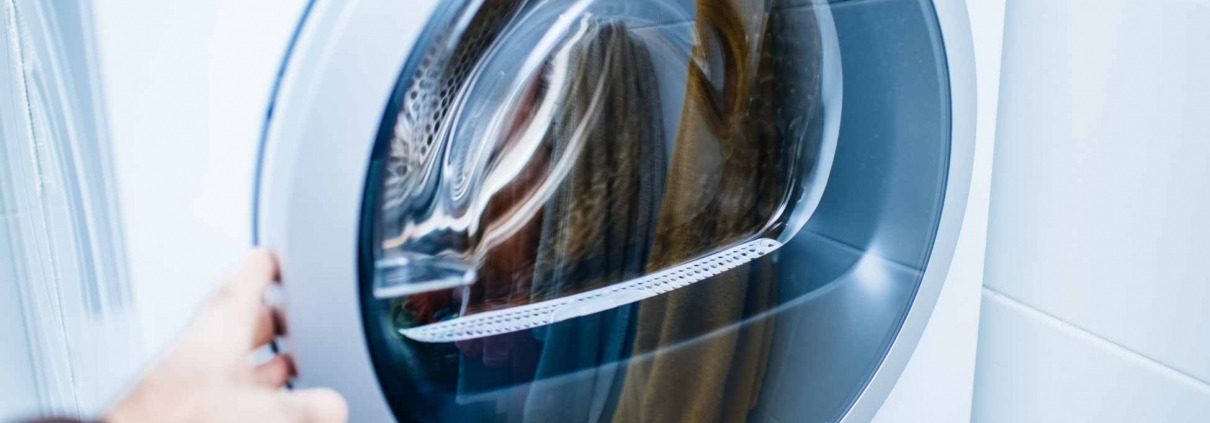




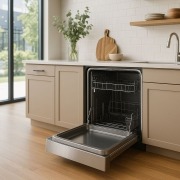
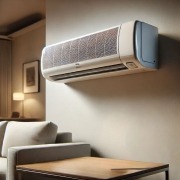
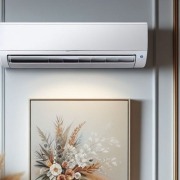
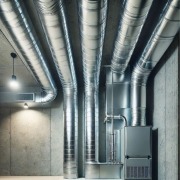

Leave a Reply
Want to join the discussion?Feel free to contribute!